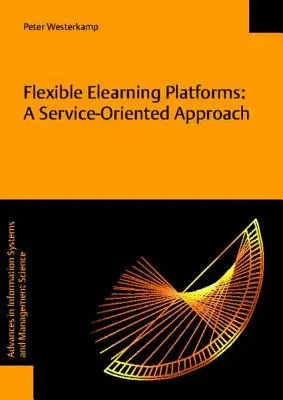Although the benefits of Service-Oriented Architectures (SOA) are
well-understood in the area of software engineering, e-learning
platforms are commonly still implemented in the form of monolithic
applications. The latter resemble one another to a large extend, but a
reuse of functionalities between platforms in the form of services is
uncommon or impossible. The reuse of e-learning content is addressed by
many competing standards and specifications making the physical exchange
of these learning objects difficult. The book of Peter Westerkamp
transfers the concepts of SOAs to the field of e-learning. It starts
with a short overview of the e-learning field and discusses different
approaches to implement a SOA for e-learning. In addition, it defines
reasonable e-learning services based on existing e-learning architecture
standards. It turns out that the consequent design and implementation of
e-learning functionalities in the form of Web services provides
mechanisms to reuse e-learning functionalities and to create flexible
platforms that can easily be adapted to the individual needs of
learners. By using already existing standards from the field of Web
services, functionalities can easily be integrated. Content, too, is
delivered in the form of Web services, which makes a physical
distribution of learning objects obsolete. This means that several
e-learning standards and specifications are also obsolete because
content is stored only once on the server of the content provider and
accessed via Web services. The book covers models of the internal and
external architecture of a Web-services-based e-learning environment.
The service concept for e-learning is implemented in the LearnServe
environment and can be interpreted as a more general model for elearning
Web services. The book also covers economical and organizational
perspectives of e-learning Web services and discusses differences to
monolithic platforms.

